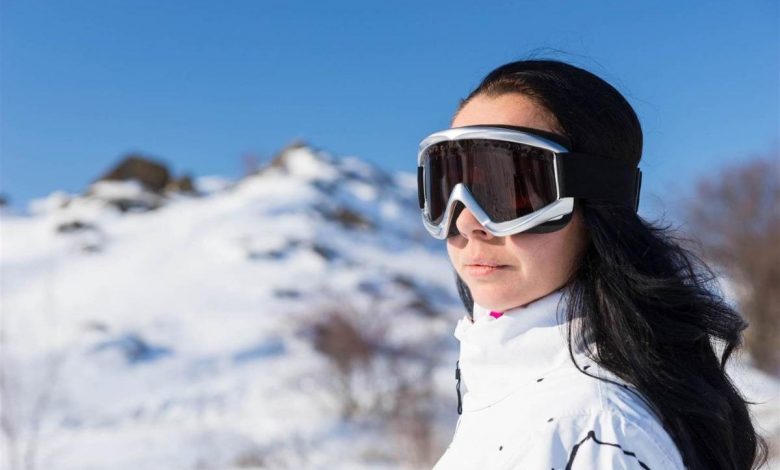
JD – Snow has reflective qualities that send more UV rays into your eye – that’s how we get the term “snow blindness”. Water and white sand can also cause photokeratitis because they are highly reflective. It is more common near the north and south poles or in mountainous regions. Snow blindness is a type of ultraviolet keratitis that occurs when ultraviolet rays are reflected by snow and ice.
It is a painful eye condition caused by excessive exposure to ultraviolet (UV) rays either from the sun or another source. When too much UV light hits the transparent outer layer of your eyes, called the cornea, it causes a sunburn in the cornea.
Similar to sunburn, photokeratitis affects the thin surface layer of the cornea – the transparent front window of the eye and the conjunctiva, the transparent tissue that covers the white part of the eye and the inside of the eyelids.
Causes:
Photokeratitis is caused by natural or artificial overexposure to ultraviolet rays. The cornea is the transparent, dome-shaped tissue that covers your eye. The cornea does not have blood vessels, so it needs tears to stay healthy. The outer layer of the cornea is called the epithelium. The cornea contains thousands of nerve endings, making it extremely sensitive to any damage or pain. When too much UV light hits your cornea, this delicate outer layer which becomes inflamed and irritated, causing a burning or itching feeling. Ultraviolet radiation from sand, snow, and water can burn the cornea and cause photokeratitis.
Symptoms may include:
Pain or redness and burning in the eye.
Foreign body sensation: The feeling that something is in your eye and you cannot remove it.
Headache.
Sensitivity to light.
Swollen and red eyelids
Temporary loss of vision or seeing halos.
Symptoms may last 6 to 24 hours, but usually disappear within 48 hours.
Treatment:
Snow blindness usually goes away on its own once the corneas have healed. Symptoms tend to resolve gradually over a day or two, according to the American Academy of Ophthalmology. Your doctor can confirm if you have photokeratitis by checking your eyes for UV damage. There isn’t much your doctor can do to treat UV photos keratitis. Resting your eyes away from UV rays is the best way to encourage healing. If you wear contact lenses, remove them until symptoms subside. Do not rub your eyes while symptoms of photokeratitis are present. Keratitis can be exacerbated and even caused by the use of contact lenses.
You can also consider:
Using a cold compressor to relieve burning or eye pain.
Staying indoors to relieve the eyes from exposure to ultraviolet rays.
Maintaining corneal hydration with artificial tears.
To improve healing, using available pain relievers such as aspirin or acetaminophen for pain relief.
Prevention:
Photo keratitis can often be prevented by wearing sunglasses. Here are some tips to avoid getting snow blindness:
If you participate in water sports or snow sports, invest in quality sunglasses. Wear sunglasses that block 100% UV rays when you plan to be outdoors for more than three hours at a time. Remember that reflective glare from sand, water, and snow can damage your corneas even when the weather is overcast. If you’re outside for a long time without sunglasses, wear a wide-brimmed hat or mask.
The Institute for Family Health a King Hussein Foundation contributed this article to Jordan Daily .

